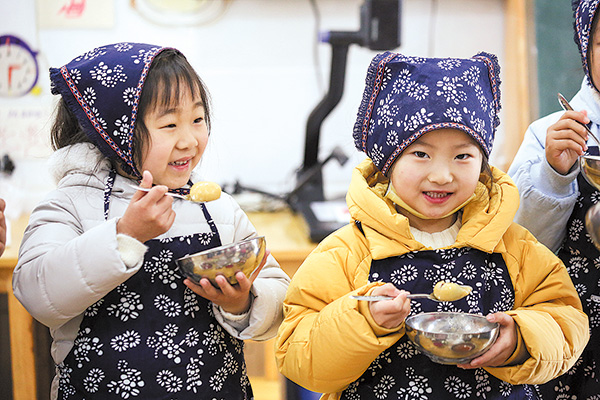

In Dengfeng, Henan province, on that very day in 2016, 10 astronomy enthusiasts used a method of observing the sky employed during the Yuan Dynasty (1271-1368) to measure the sun and its shadow on a particular spot at noon to determine the exact angle and time of the Winter Solstice in the city's Gaocheng Observatory scenic area in Gaocheng town. The observatory, a world cultural heritage site, is one of the oldest and best-preserved observatories in the world, founded by Guo Shoujing, an astronomer in the Yuan Dynasty.
On Winter Solstice in the Northern Hemisphere, the sun's rays fall vertically at the Tropic of Capricorn, and reach their southernmost declination in the ecliptic. On that day, there is the least daylight and the longest night. Winter Solstice, which falls on Thursday this year, thus marks the sun's northward return, and the days in the Northern Hemisphere will become longer. The traditional Chinese culture regards, in a broad sense, that the daytime is yang and night yin. Winter Solstice gives rise to yang, and the balance between yin and yang enters a new cycle. The solar term is not only a node, but also a starting point, representing the beginning of reincarnation.
The old saying that "Winter Solstice is as big as the New Year" is rooted in history. The earliest record of putting Winter Solstice on top of the Twenty-Four Solar Terms comes from the book Huainanzi, or Great Words From Huainan, a collection of scholarly debates compiled by academia at the court of Liu An, king of Huainan, in the second century BC.
It was also recorded in the Book of the Later Han, which covers the history of the Eastern Han Dynasty (25-220), that Winter Solstice was regarded as the beginning day of a calendar from the Western Zhou Dynasty (c. 11th century-771 BC) to the first year of Emperor Wu's reign of the Western Han Dynasty (206 BC-AD 24). The classification corresponds to an old saying in southern China that "eating rice dumplings on Winter Solstice makes a person a year older". The emperor felt the need to revise the calendar as it was no longer accurate. He ordered Ni Kuan and Sima Qian, the imperial historians, to jointly formulate the new Taichu calendar which made the first month of spring the beginning of a year. Since then, the New Year and the Winter Solstice have been separated, and the Winter Solstice was later called the sub-New Year.
Yan Songtao, director of Dengfeng Cultural Center, explains: "The astronomical division method that puts the Winter Solstice on top was abandoned, because it does not match the living habits of the common people. After Winter Solstice, there will be severe cold ahead. People do not feel the new atmosphere of a new beginning like a new year."